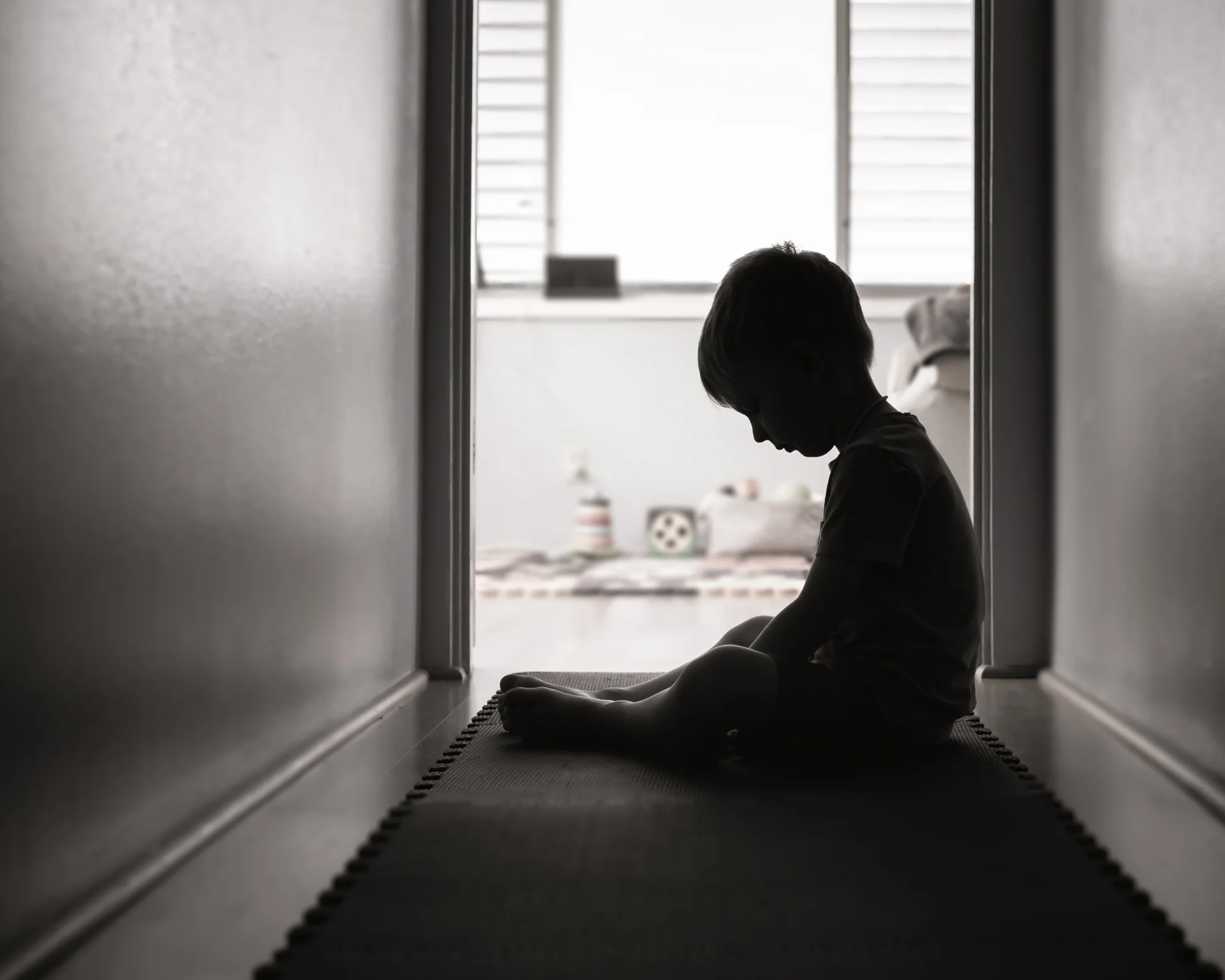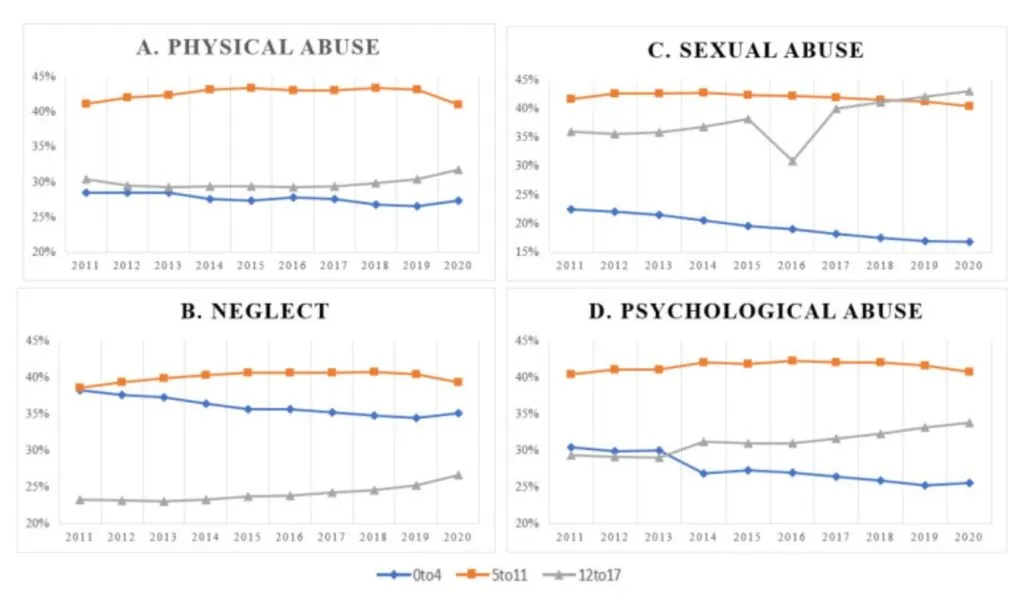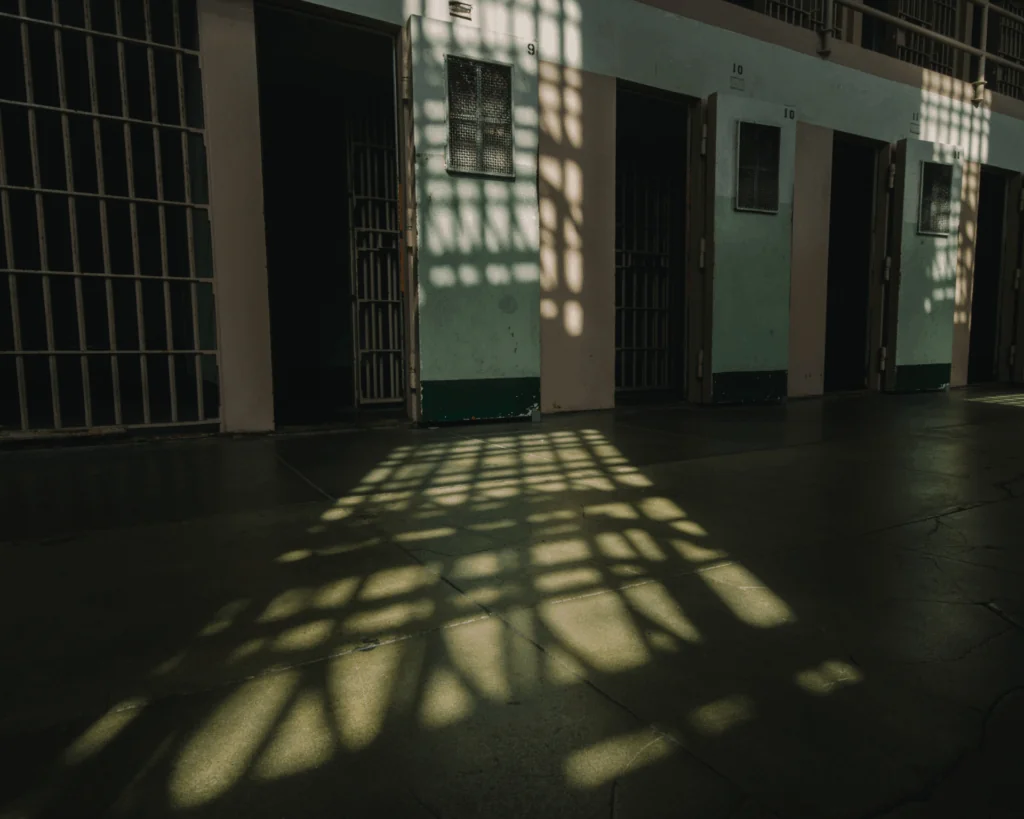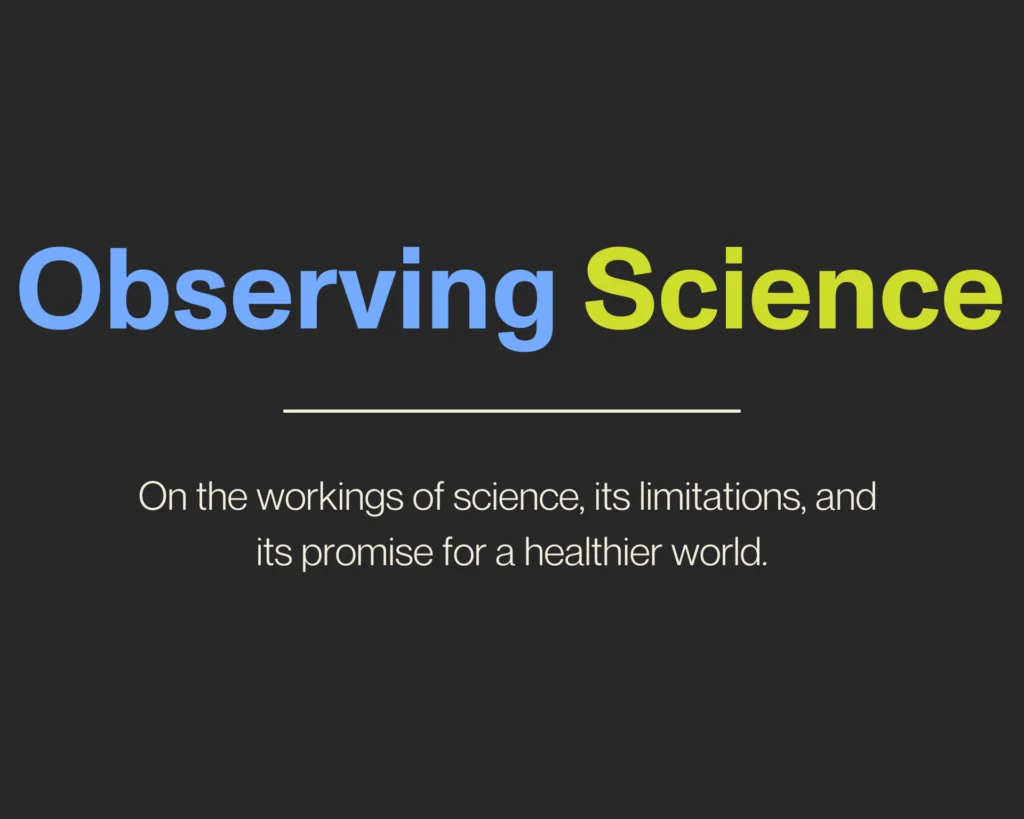Preventing Child Maltreatment
Combating child maltreatment demands an approach that considers the unique challenges faced by children of all ages and stages of development.

Read Time: 2 minutes
Published:
Child maltreatment inflicts enduring harm on its victims. Abuse during childhood can result in a range of severe consequences, including mental health and substance use disorders, behavioral problems, and long-term physical health challenges.
A comprehensive public health strategy has evolved, with screening and early identification creating a proactive approach to safeguard the well-being of children before harm occurs. The focus has generally been on children under age 5, with little effort directed toward older children and adolescents. This age-targeting limits our understanding of how different age groups experience and are affected by maltreatment.
To inform prevention and early intervention, Kate Guastaferro and Stacey Shipe measured the prevalence of neglect and physical, psychological, and sexual abuse across age groups between 2011 and 2020. They analyzed data from the NCANDS Child File, which documents nationally reported, verified data on child maltreatment.

The four graphs above illustrate the total number of documented cases of physical abuse, sexual abuse, neglect, and psychological abuse. Within each graph, different lines depict the occurrence of each type of maltreatment among three age groups: 0-4 (blue), 5-11 (orange), and 12-17 (grey). For instance, allegations of neglect were most common among children aged 5 to 11 and least common among those aged 12 to 17.
The researchers found the highest occurrence of physical abuse in the 0-4 age group and the highest occurrence of sexual abuse in the 5-11 age group. Understanding these patterns is key to effective prevention. Guastaferro and Shipe emphasize that while 5 to 11-year-olds appear most vulnerable across all categories, prevention initiatives must cast a wider net, addressing all forms of maltreatment across every developmental stage.
This work highlights the need for a broader and more inclusive approach to prevention, one that considers the unique vulnerabilities and needs of older children. Combating child maltreatment demands a holistic approach—one that recognizes the unique challenges faced by children of all ages and stages of development.



